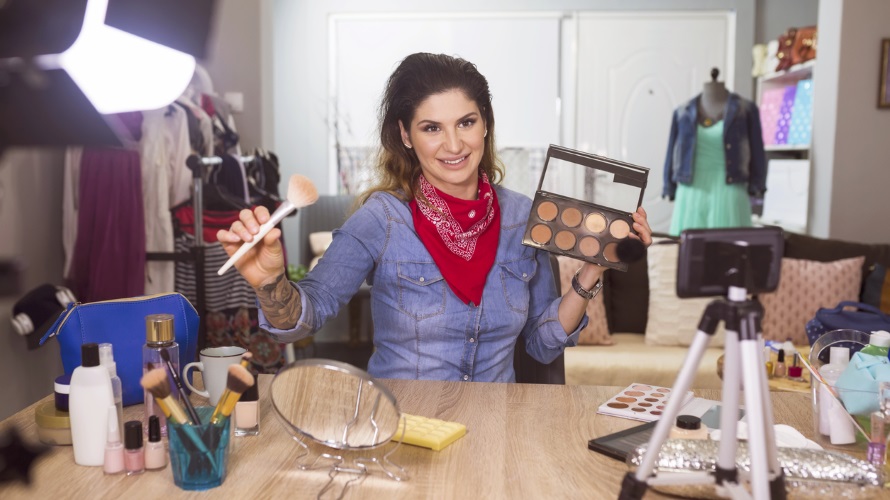How Brands Can Incorporate Influencers Throughout Their Entire Marketing Strategy
Remember the ‘4 P’s’
For brands, much of the discussion on influencer marketing revolves around how to successfully partner with influencers and create authentic engagement, starting a conversation about their product or service. Too often, however, the conversation is focused on only one part of marketing—promotion.
Although promotion may be the easiest part of the marketing equation to understand, there are many other ways to integrate influencer marketing strategies into your brand’s campaigns.
Let’s go back to basics and discuss how your brand can incorporate influencers into the “four P’s” of marketing.
Promotion: Choosing the right influencers
The most obvious and straightforward tactic for brands is using influencers to promote a product or service. To have successful promotion, it’s all about finding the influencer that fits best for the target audience and product/service.
As the industry continues to evolve, we’ve seen huge success with much more than just celebrity influencers. In fact, in many campaigns, such as when you’re trying to reach a niche audience, micro-influencers may actually be more beneficial, as their followers tend to be more dedicated and engaged.
There has recently been an increased interest in influencers from industries that have been hesitant to use social media as a promotion platform in the first place, such as financial brands. For example, brands such as American Express and Prudential Financial are seeing value in working with influencers to drive a friendlier brand perception for traditionally “stodgy” industries like credit cards, banking and insurance.
Product (and packaging): Personalization creates authenticity
For brands with physical products, we are seeing success in delivering personalized products and packaging to influencers. For example, we have seen a perfume brand allow influencers to “design” their own scents, or a retailer that sends the influencer a product that is packaged with a personal note from the CEO.
Personalization gives influencers a true reason to post about the product and a built-in personal narrative for them to use that does not alienate their audience with an overtly “branded” post. It also creates a more authentic story for the influencer, as they’re likely to be truly excited about the brand and product. This authenticity is known to drive greater engagement with the resulting content, creating a post that’s so much more than just product placement.
Place: Creating Instagram-ready spaces
The rise of e-commerce has hit traditional brick-and-mortar retail stores hard, as younger generations simply prefer to shop online. But retail is certainly not dead—savvy brands are launching retail concepts that are built not to distribute product, but to extend the brand and allow for product testing IRL (in real life)—which many consumers still need before they decide to click buy.
Brands from restaurants and coffee shops to beauty and fashion have begun to create these environments that are perfectly suited for influencers and Instagram. Brands like Away and Glossier have driven excitement and social activity for the brand, curating spaces that are photo-worthy and easy to post, which trickles down to influencers and broader consumer interest.
Price: Crafting a transparent model
Although it’s not possible for every brand, transparent pricing has recently helped select brands gain incredible attention. As price is connected to so many other aspects of the business, it’s a difficult task for any company, but that’s also why it can create so much chatter.
For example, Everlane has driven a huge amount of earned media from its extremely transparent pricing showing exactly what items—from shirts to bags—cost to make.
Although it may seem a bit textbook, looking at the four P’s of marketing can help brands and marketers grasp the many different areas in which they can find success from influencer marketing.
_____
Article written by Kamiu Lee
0

